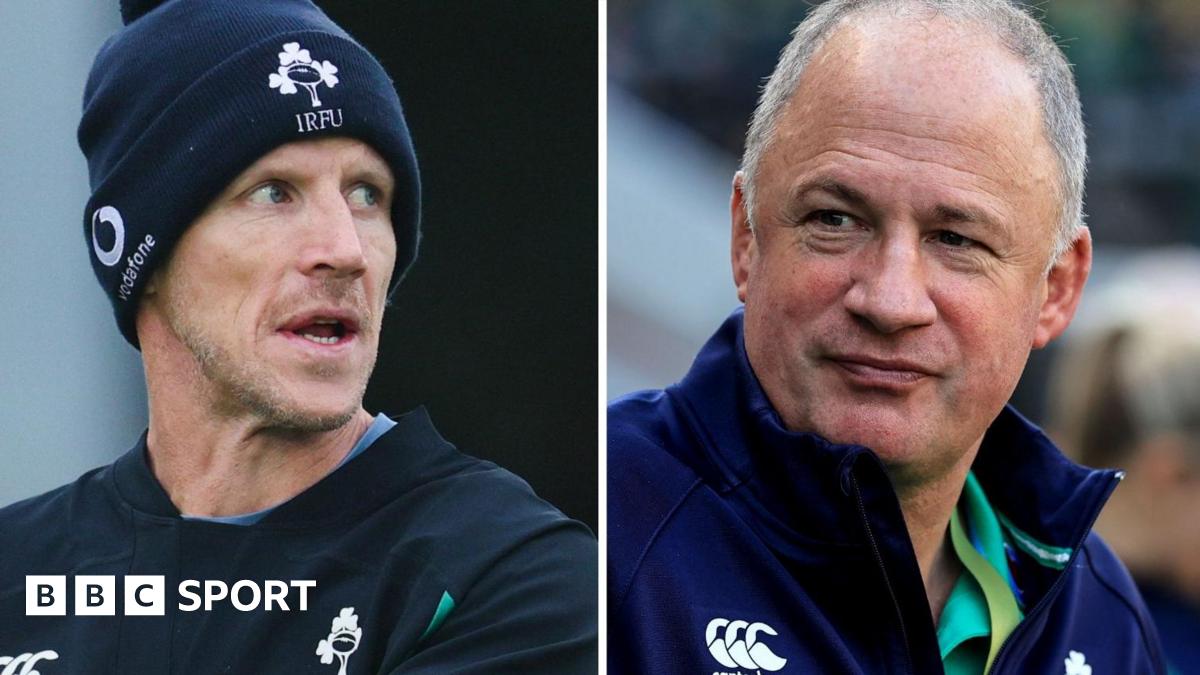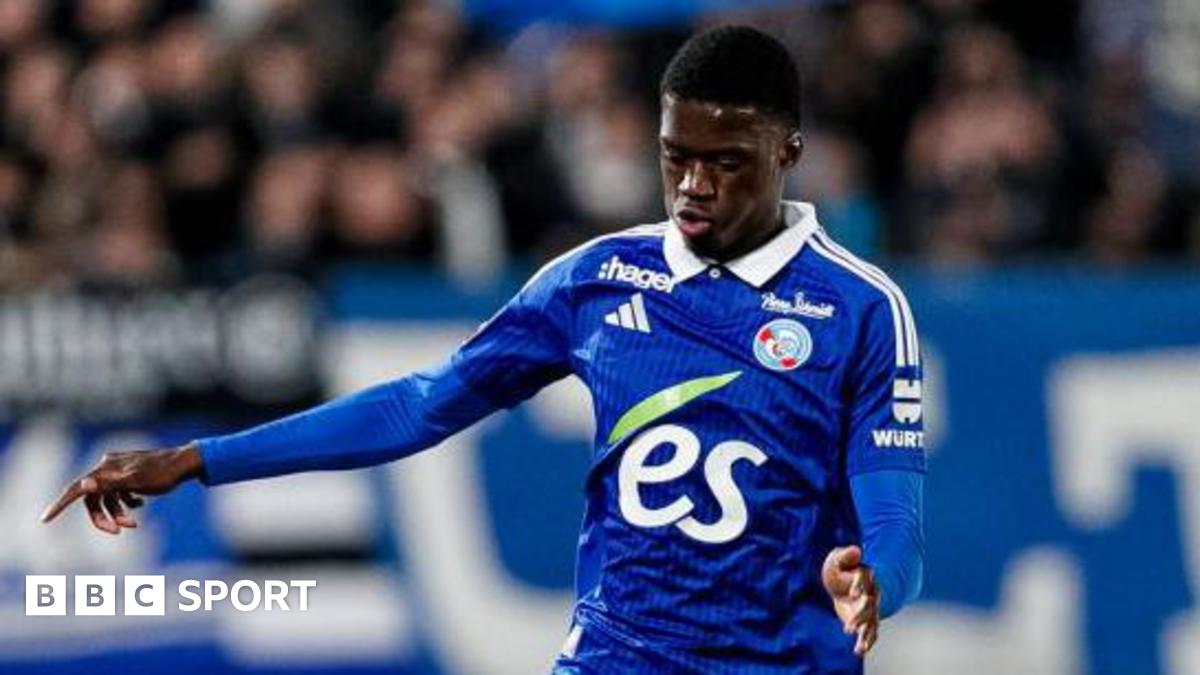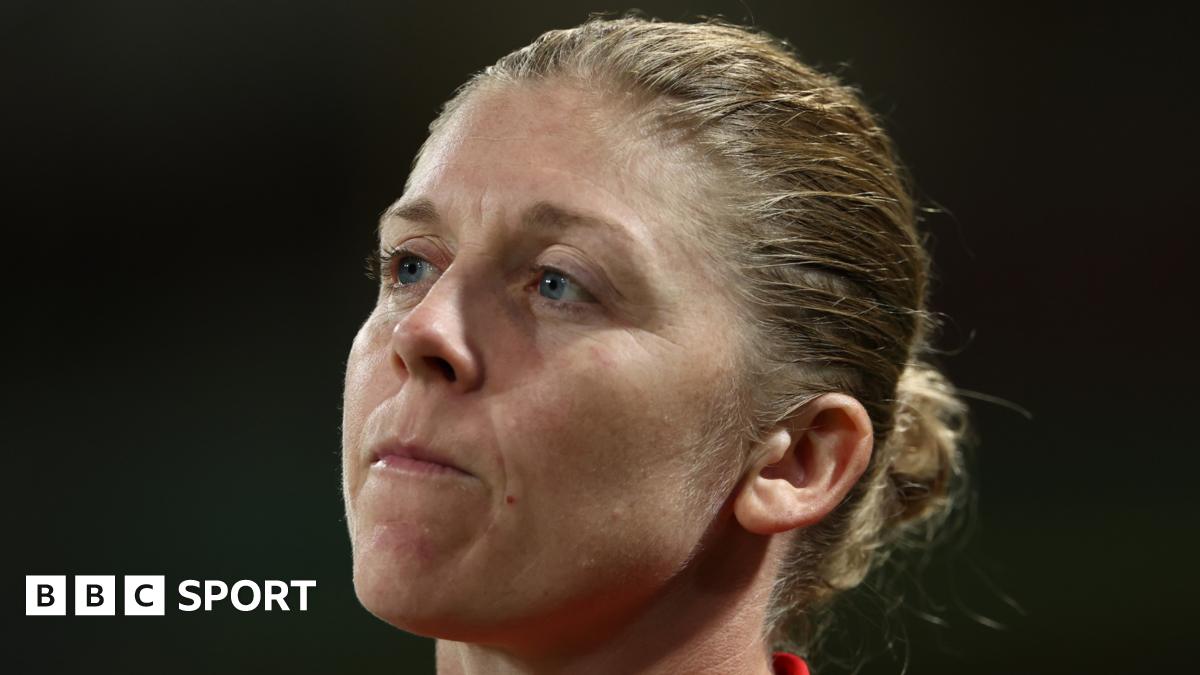ARTICLE AD BOX
 Image source, Getty Images
Image source, Getty Images
Jannik Sinner beat Carlos Alcaraz to win the Six Kings Slam exhibition event in Saudi Arabia
Amy Lofthouse
BBC Sport senior journalist
Carlos Alcaraz offered a blunt assessment of the tennis calendar in September, saying it will "kill us in some way".
Alcaraz and five other top players featured in the Six Kings Slam exhibition in Saudi Arabia last week. And the Spaniard is one of several to speak out about what they feel is a packed calendar affecting their physical and mental health.
However, others have said players do not help themselves by taking part in exhibitions. Three-time Grand Slam champion Andy Murray said some players can be "a little bit hypocritical" when it comes to discussing the schedule.
BBC Sport looks at the key issues.
What is the schedule like?
The ATP and WTA Tour have mandatory requirements, meaning players must appear at a set number of tournaments each season.
This is to ensure the top players feature at big events, therefore increasing revenue, fan attendance and ultimately, prize money.
Nineteen events count towards an ATP ranking every year, although it is only mandatory for qualified players to contest eight Masters 1,000 events - Monte Carlo is not obligatory.
Along with the four Grand Slams, top-30 players also have a commitment to play at least four ATP 500 events.
The women’s rankings are based on 18 tournaments, but the top players are expected to play at least 20: the four Grand Slams, 10 WTA 1,000 events and six WTA 500 tournaments.
The majority of 1,000 events now last about 12 days, with the tournaments in Cincinnati and Canada the next to be extended in 2025.
Top players can also expect invitations to exhibitions, some of which offer big pay days, while others are charity fundraisers.
Alcaraz described his schedule as "tight since the first week of January until the last week of November".
As of this week (21 October), he has played 61 matches at 16 tournaments, winning four titles, including Grand Slam trophies at the French Open and Wimbledon.
His most intense period was - as it is for many players - the summer. In 79 days, Alcaraz played three Grand Slams and an Olympics singles and doubles tournament across three surfaces in three countries.
"I have seen that many people talk about my calendar because I have put many exhibitions [in]," Alcaraz, who has played two exhibitions and has a third planned, said in September.
"But you have to separate the calendar and the exhibitions - they are different things."
Women's world number one Iga Swiatek has been candid about the impact of the tennis calendar, saying she does not think the sport is "going in the right direction".
The Pole has taken an extended break since her US Open quarter-final exit, pulling out of the Korea Open with fatigue before withdrawing from the China Open for personal reasons.
Like Alcaraz, she has played 61 matches this season, winning 54 across 15 tournaments and claiming five titles, including the French Open.
Swiatek had an intense start to the year. She only lost before the fourth round once in nine tournaments. In the build-up to Roland Garros she won three titles in three countries in 35 days.
What have the players said?
Swiatek has said there are "too many tournaments in the season" which is making "tennis less fun" for players.
France's Caroline Garcia shut down her season early, citing panic and anxiety attacks as well as the mental impact of the "constant grind of tennis".
Britain's Jack Draper has said he feels the calendar will make it hard for the next generation to achieve longevity, while Murray, who retired in August, has said if there was one thing he could change, it would be the schedule.
In February, the Scot told the National, external he would prefer a longer off-season and, while he would not back a ban on exhibitions, he wanted players to be more selective.
"It’s like the tennis schedule is too long, but then players are flying all over the world in the off-season to play exhibitions, and that's their choice," he said.
"But it just seems hypocritical because they don't have to play the exhibitions. And they don't have to play every tournament on the ATP Tour."
World number one Jannik Sinner also pointed to players choosing their schedules, saying he had sometimes not played tournaments because he wanted to practise.
What do the Tours say?
Players contesting the Davis Cup final on 24 November will have just 33 days until the 2025 United Cup begins in Australia. Those in the Billie Jean King Cup final will have just four days longer.
Cancelling tournaments with immediate effect is not an option, as apart from the Tour Finals, these events are not owned by the Tours.
The expansion of ATP Masters events to 12 days has left many unhappy, although the 96-player draws open up opportunities for the lower ranked players.
Prize money on the ATP Tour rose by $15m (£11.5m) in 2023, and $6.6m (£5m) was added to the end-of-season Bonus Pool. This new model allows profits generated by Masters tournaments to be shared equally, with 50% to the players.
“By expanding several 1,000 events, we have increased financial opportunities for more players while introducing more rest days between matches, enhancing recovery time,” ATP chairman Andrea Gaudenzi said in a reply prepared for BBC Sport.
“We recognise the concerns raised by some top players that longer events can introduce an element of fatigue or burnout related to being away from home for extended periods.
"However, players ultimately have the autonomy to craft their own schedules based on their priorities - a freedom that comes with being independent contractors, unlike many other sports where players are bound by fixed schedules.
“The health and well-being of our players is vitally important. We understand the ongoing need to improve rest periods to protect both the physical and mental health of our players.”
The WTA has increased the number of mandatory events for its players by six this year.
Chairman Steve Simon said the WTA recognised the demanding schedule experienced by players, especially leading ones, and had adjusted the structure "in full consultation with representatives of players and tournaments".
"Over the last 10 years, data showed that players competed in an average of 20 events each year, inclusive of the Grand Slams. The new structure does not require players to commit to playing more than this average," he added.
“The new structure provides more predictability as to which events our top 30 players compete in and more playing opportunities for aspiring players, while underpinning the commitment to a $400m (£306m) increase in player compensation over the next 10 years.
“The health and wellbeing of our athletes is always our priority, and we will continue to keep the circuit structure under review.”
Legal challenges possible; a strike the last resort
The Professional Tennis Players Association, created in 2019 to try to increase player power, is currently weighing up whether it could legally challenge scheduling and other aspects of the sport.
The PTPA told The Telegraph earlier this month it has hired a number of law firms to conduct a thorough review.
Its executive director, Ahmed Nassar, has told the BBC that strike action is less likely, although it should not be ruled out.
“There are some legal complexities in tennis,” he explained.
“A strike or a boycott should really be the last resort. The added wrinkle we have in tennis - that is different from pretty much any organised sport professionally other than golf - is that the tennis players are classified as independent contractors and not employees.
“So, in places like the United States and the UK, those rules around being able to go on strike are very different than for a group of employees - Uber drivers are facing similar sets of issues.”
But if the law firms they have instructed find grounds for legal challenge, Nassar says he would have no qualms about going down that route as they have "real firepower" after doing injury and data analysis.
He added: “We ended up hiring firms and every single one of them said the same thing: ‘We have never seen a situation like we see now in tennis.’”

 3 months ago
15
3 months ago
15








 English (US) ·
English (US) ·